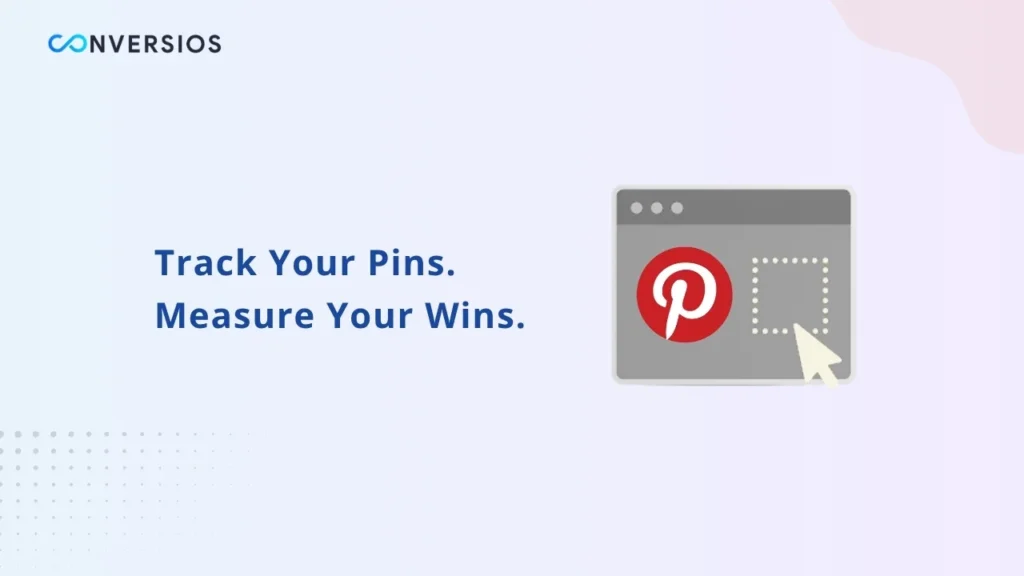If you run ads on Pinterest or hope to drive sales from Pinterest traffic, integrating the Pinterest Pixel is not optional; it is essential. With this small piece of code, you can unlock insights into how users move from seeing your pins to taking action on your site. Similar to how Meta Pixel and TikTok Pixel work, the Pinterest Pixel plays a vital role in multi-channel ad tracking. The data helps you optimize campaigns, target better audiences, and ultimately boost ROI. In this article, I’ll explain what the Pinterest Pixel is, why it matters, and how you can make it work effectively in 2025.
What Is the Pinterest Pixel and How Does It Work
The Pinterest Pixel (also called the Pinterest Tag) is a snippet of JavaScript that you place on your website. Once active, it tracks key user actions like page views, add to cart, purchases, or form submissions, and sends that information back to Pinterest.
Pinterest uses this data to:
- Attribute sales to the right ads
- Build audiences based on on-site behavior
- Optimize ad delivery using machine learning
Because many users browse across devices or block tracking scripts, Pinterest also offers a Conversions API to send server-side events. similar to what we explain in our Server-Side Tagging Guide. Together, the pixel and the API help you close gaps in tracking. (source: EcomVA guide)
Key Benefits of Using the Pinterest Pixel
Here are six major advantages you get when the pixel works well:
1. Accurate Conversion Tracking
You will see which Pinterest ads lead to real purchases or desired actions. This turns vague results into clear performance signals.
2. Better Retargeting & Dynamic Ads
If someone views a product but does not buy, you can retarget them. For ecommerce, you can show the same item dynamically. This often recovers sales that would otherwise slip away.
3. Smarter Audience Segmentation
You can build custom segments like “viewed product but didn’t buy” or “added to cart.” Pinterest can also find lookalike audiences based on these segments.
4. Optimized Ad Delivery
Pinterest’s algorithm delivers ads to people who are more likely to convert. With proper data fed by the pixel, your ads perform better and cost less per conversion.
5. Cross-Device Insights
Many users switch devices. The pixel helps you see the full path: from mobile browse to desktop purchase, for example.
6. Resilience to Privacy Changes
In 2025, browser restrictions and tracking blockers are common. Using pixel + server-side conversions (API) ensures you still capture meaningful data even when client-side methods fail.
How to Set Up the Pinterest Pixel (Basic Steps)
Here’s a simplified guide. Depending on your platform (Shopify, WordPress, custom), the steps may differ slightly.
- Log in to your Pinterest Ads account and go to Conversion Tracking.
- Get the Pinterest Tag code snippet.
- Insert the tag in the <head> section of your website, or use a tag manager. If you’re already using Google Tag Manager, our Pinterest Tag setup via GTM guide shows you where to locate your Pixel ID and connect it correctly.
- Define events you want to track: PageVisit, AddToCart, Purchase, etc.
- Test that the events fire properly (you can use Pinterest’s diagnostic tools).
- (Optional but recommended) Set up the Conversions API to send server-side events.
Once everything is live, you will begin receiving data about how users convert after interacting with your Pinterest campaigns.
Tips for Making It Work Well
- Use consistent parameter names (product ID, price, currency) across your site so data matches cleanly.
- Always verify that the pixel is firing by checking event logs or tag diagnostics.
- If using pixel + API, be careful to deduplicate events so you don’t double count.
- Respect user consent and privacy rules don’t fire events before users opt in.
- Monitor match rates and optimize forms or data collection to improve matching.
- Start with a few key events (purchase, add to cart) and then expand gradually.
Example: What You Might See After Integration
Let’s say you run a fashion store. After installing the Pinterest Pixel:
- You notice a Promoted Pin generates 35 add-to-cart events
- From those, 10 purchases result
- With that data, Pinterest finds users similar to those 35 and delivers your ads to them
- Over time, your cost per purchase from Pinterest campaigns drops
This clarity helps you double down on winning pins, keywords, or product categories.
Conclusion
Adding the Pinterest Pixel to your website is one of the smartest moves you can make if Pinterest plays a role in your marketing. It gives you clear visibility, better targeting, and the data you need to grow. In 2025, when tracking is more challenging than ever, it becomes even more critical.
Frequently Asked Questions
Q. Is Pinterest Pixel safe for user privacy?
Yes, the pixel does not expose private data. Always ensure you follow regulation (GDPR, CCPA) and request consent before firing.
Q. Does the pixel replace server-side tracking?
No. The pixel is client-side. Server-side via Conversions API is complementary and helps capture events when the client method fails.
Q. How soon will I see results?
You may see basic conversion data in a few days. For full algorithmic optimization and retargeting benefit, allow a few weeks.
Q. Can I use the pixel for offline conversions?
Not directly. However, you can use Pinterest’s offline conversion upload if you map your offline data with IDs that Pinterest understands.

